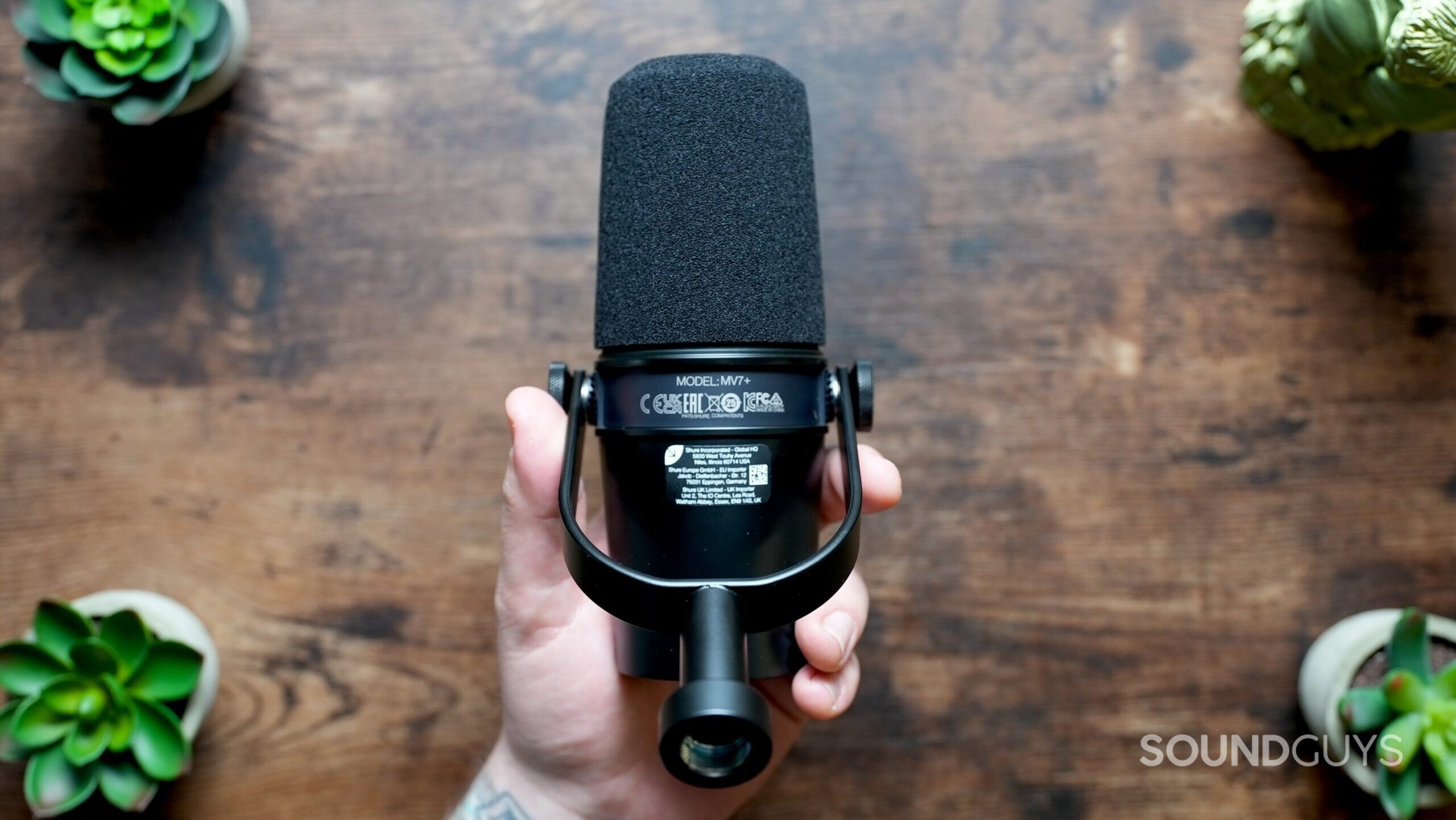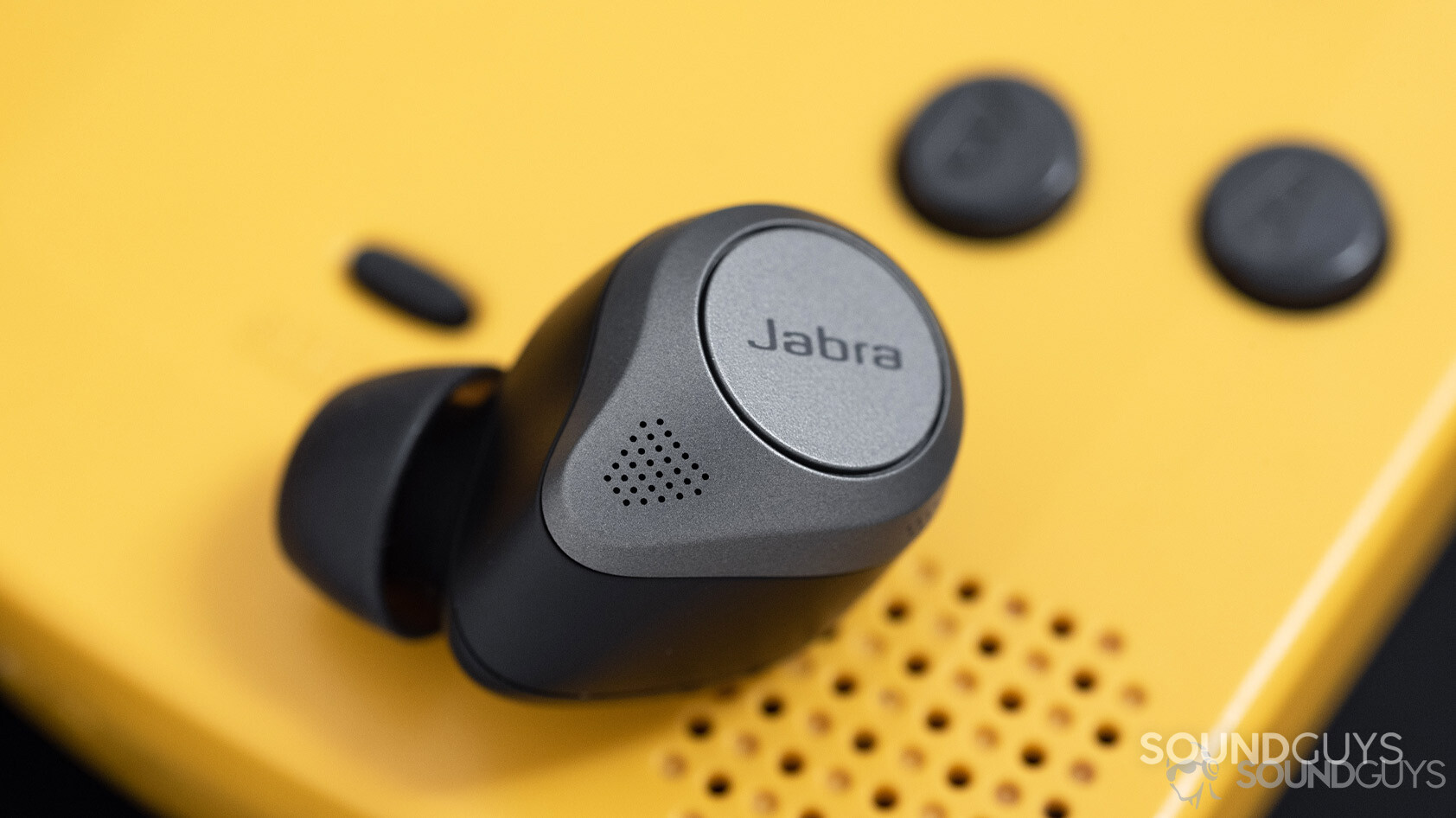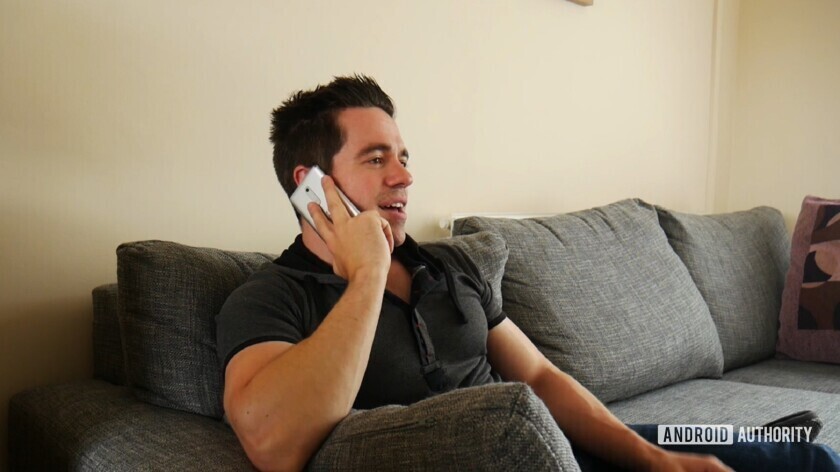All products featured are independently chosen by us. However, SoundGuys may receive a commission on orders placed through its retail links. See our ethics statement.
How to make your microphone sound better
May 30, 2025
Technology has come a long way since the first telephone. We can watch the newest episodes of our favorite TV shows in high resolution on a tiny piece of glass that we carry in our pockets. So why then, with all of this impressive technology enriching our everyday lives, do we still have to deal with microphone problems on voice calls?
In particular, the microphones in our devices and headsets cause the most frustration when we’re trying to make ourselves heard. In this article, we look at the reasons for poor microphone quality. If you came here in search of help with other types of microphones, for recording, podcasting, or live performance, check out the video above. Then come back and read this article!
Editor’s note: this article was updated on May 8, 2024, for technical content.
- This article was updated on May 30, 2025, to change outdated information.
- This article was updated on May 8, 2024, for technical content.
- This article was published on April 20, 2025.
How the transmission process affects sound quality
Whether it’s a traditional cell phone call or a Voice over Internet Protocol (VoIP) call, your voice goes on quite a journey when you call someone. First, there’s the acoustic path from your mouth, and the conversion to an electrical signal done by the microphone itself, followed by the conversion to digital bits (1s and 0s). Then there’s signal processing, data reduction and compression, transmission, and a bunch of data relays before it even reaches the device at the other end.
And that’s in the simplest case. There may be multiple wireless transmission protocols along the way, including Bluetooth at one end or the other, or both! Every link in this chain can affect the quality of the signal received by the person you’re talking to. Let’s follow the path and find out which of these you have control over, and which you don’t.
What should you check for first to solve bad microphone sound?
If your microphone sounds muffled, the first thing you should do is take a close look at the mic port to see if there is anything obstructing it. Even if you take great care of your hardware, it’s bound to accumulate dust and debris. We carry devices and headsets around with us everywhere in pockets and in bags and expose them to all kinds of environments. Microphones in modern electronic devices are tiny, and so are the ports that connect them to the outside world. A fine mesh-like membrane usually prevents particles and dust from entering and affecting the mic performance. If dust and dirt get in the way, take a moment to carefully clear it out. All good? Right, then let’s move on.
If your microphone is either too soft or loud, adjusting your gain settings might be helpful. Gain refers to amplifying or reducing the microphone’s signal strength. Setting your gain too high can cause the sound levels to clip, but setting them too low can make your audio muffled and difficult to hear. Gain settings vary depending on the type of recording you’re doing and the conditions you’re doing it in, so it can be difficult to give any standard advice. Generally, you want the loudest parts of your recording to be between -6 to -12 dB. If you have an XLR microphone, you might also want to invest in a preamp or audio interface, which will allow you to change these settings to your liking.

Make sure you’re using the right microphone for the job.
Different microphones are suited to specific use cases. Dynamic microphones are most suited for live sound, outdoor use, and performance, as well as for recording louder sounds like drums and guitar amplifiers. Condenser microphones are best for sensitive and high-quality sound reproduction like podcasts and recording voiceovers; they excel in capturing delicate sounds like voices and acoustic instruments. There are also shotgun and lavalier microphones, which are most suited for film and video production. Finally, ribbon microphones replicate human hearing and are best for recording soft, complex sounds like strings and vocals. Choosing the right microphone can be a daunting task because making an informed decision depends on factors such as intended application, environment, and desired audio quality.
But fear not! We’ve collected lists of the best microphones for various use cases, from podcasting to gaming to general recording.
Why is how you speak into your mic important?

Microphones on devices and headsets are tuned and optimized for speech at an expected distance and level. Intuitively, when your phone is in handset mode, it expects you will hold the phone close to your face. When it’s in handsfree mode, it expects you to hold the device 25-30cm away from your face. If you bring the phone in closer than that or yell into the microphone, that isn’t going to make your voice clearer for the person at the other end, it will make distort and sound much worse.
If you’re using wired earbuds with a microphone on the cable, the mic is generally intended to be resting on, or clipped onto your upper chest, and is tuned to work at that distance. Tempting as it may be, if you grab that little mic and hold it right in front of your mouth, the level will be too high and will cause clipping distortion and render your voice less intelligible for the person at the other end.
Many VOiP applications allow you to test and adjust your microphone (and speaker) levels outside of a call. Make use of this feature to ensure your mic level falls into the optimal range when you’re speaking normally.

The same applies to headsets that feature a boom microphone: don’t pull the mic too close to your mouth. While we’re on the subject of boom mics: these can be directional, meaning they will reject sound from one side and amplify sound from the other. Check yours to make sure it is oriented correctly to your mouth.
What effect do background acoustics have on sound quality?
Something just as, if not more important than the quality of your microphone is the quality of the acoustics and level of background noise in the environment you are using the microphone in. Background noise can make it more difficult to understand speech and other sounds due to a phenomenon known as masking, where the brain perceives less of one sound to accommodate another in the background. Also, rooms with poor acoustics can cause reverberation, echo, and sound distortion, making some sounds difficult to hear.
To prevent background noise from affecting your sound quality, make sure to use your microphone or take phone calls in a quiet space with lots of plants, furniture, or other objects to help dampen the sound. If you record audio/music professionally, you may want to invest in sound panels and curtains specifically designed to soundproof a room and treat its acoustics, making it ideal for recording audio.
How does signal processing help your voice?
Phones, tablets, and computer-based communications apps all include some form of signal processing to eliminate noise and echo from calls. Depending on your device, these can do a great job of making communication possible when you’re out and about, riding in cars, or waiting on the platform for your train. But if your call is really important, it’s best not to leave it to chance and find yourself a quiet environment that isn’t too reverberant (i.e., not a bathroom) and your voice will have the best chance of coming through clearly.
Why does Bluetooth make your voice sound worse?

Bluetooth adds wireless convenience, but just like with music, it only makes your voice sound worse. That is simply because it adds a largely unnecessary detour to your voice’s journey. It means that the digital signal must pass through a Bluetooth codec, which also adds latency, then be transcoded by your device before resuming its journey and heading off on its way.
Even with perfect service and coverage, the way that audio is packed and sent over Bluetooth is another bottleneck that can degrade audio quality and the overall experience. But if the network’s flaky, things can get much worse rapidly. It’s generally unfair to expect much from your Bluetooth headset’s microphone.
Why does network coverage impact call quality?

Once we’ve passed the microphone and its associated signal processing it’s time to consider your device’s service reception. No matter how good your phone’s microphone is, if you don’t have a strong radio signal, data transmission will be compromised. If you have a spotty network connection, then voice data is going to get dropped and the experience can get frustrating fast. If you’ve ever done a video call with a bad Wi-Fi connection, you have a visual representation of what happens to your voice data over a bad connection.
How to fix a bad microphone
As we have seen, there are a number of factors that can contribute to poor microphone signal quality. If you experience issues with speech transmission, you should, first and foremost, make sure that nothing is seriously wrong with the microphone hardware. Once you’re sure there’s no sand in there from last August, you can check the basic mic functionality by making a voice recording on your device. Isolate the issue further by taking any Bluetooth devices out of the equation. If Wi-Fi or cell signal strength is problematic, check your wireless router or check expected network coverage with your service provider.
To make your microphone sound louder, you might want to change some settings on the microphone itself, such as the gain. You can also adjust the sensitivity of microphone inputs on the computer through the settings app. Finally, you can always use audio editing software to boost the loudness of your audio recording and properly fine-tune the details.
If (for whatever reason) you want to make your microphone sound bad, you could turn your gain all the way up to maximise clipping and make your audio extremely difficult to listen to. You could also make your inputs extremely sensitive, such that they pick up as much information as possible and completely obscure the audio you are trying to record.
Sound intensity is affected by various factors, including distance from the sound source, the directionality of the microphone, obstacles or reflective surfaces, and environmental conditions. Other factors such as background noise, reverberation, and ambient conditions (e.g., temperature, humidity) can also influence the perceived sound intensity.